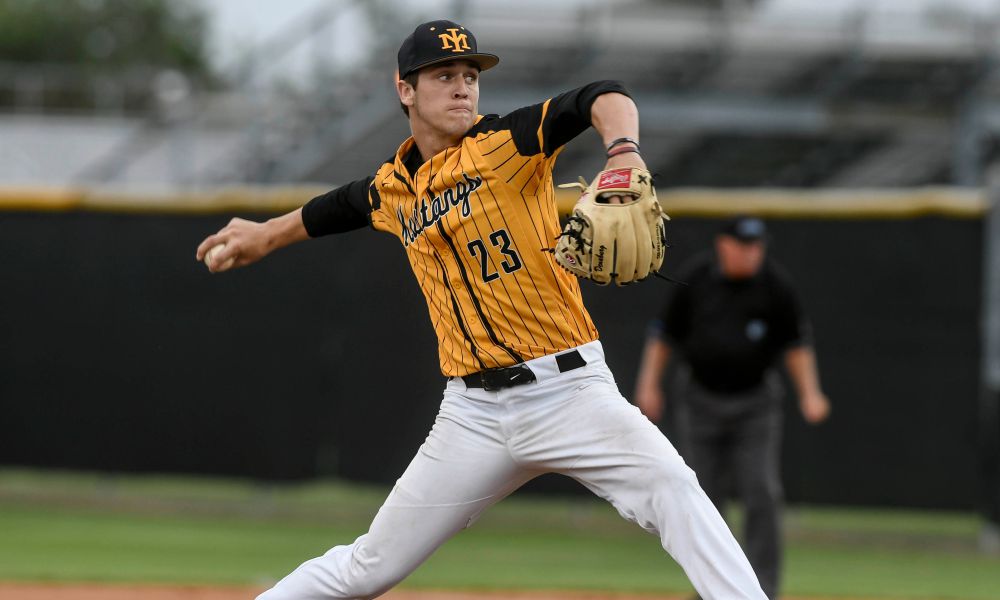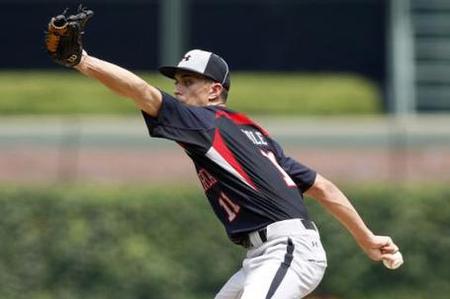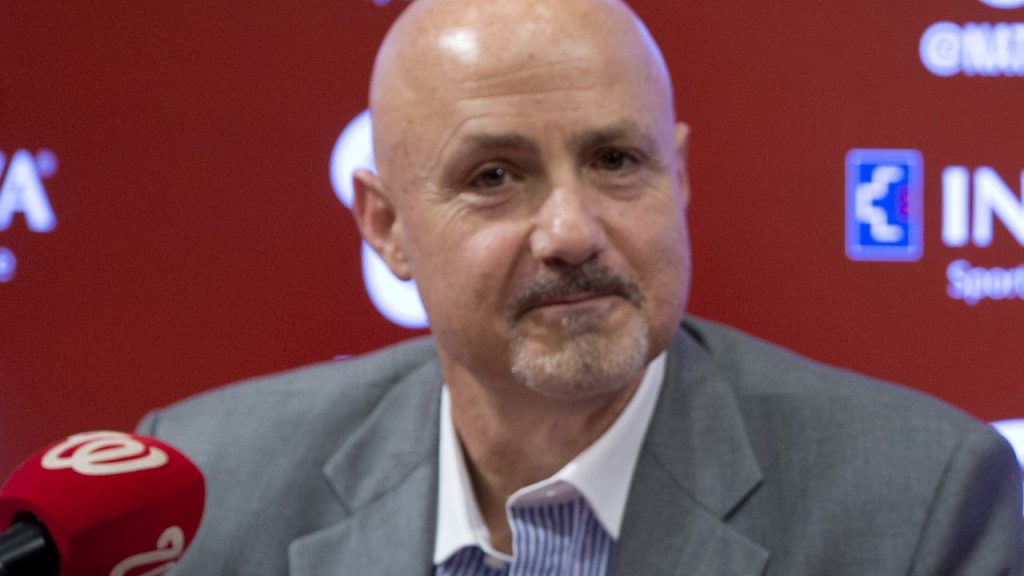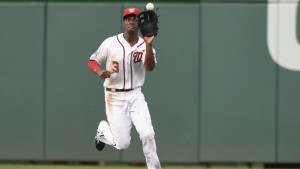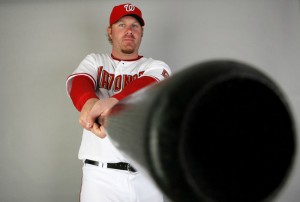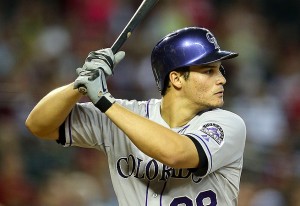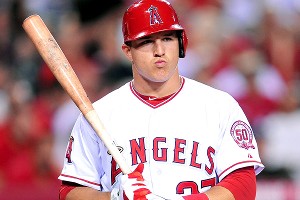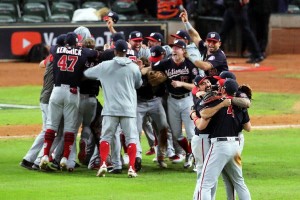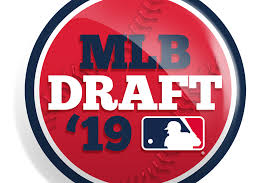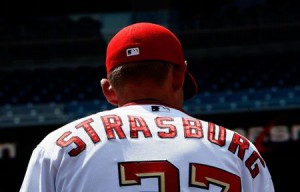
Strasburg is the lynchpin in the Nats off-season FA plans.
Photo allansgraphics.com
Happy Thanksgiving!
You guys know I love mailbags. I havn’t seen one in a while from the usual sources (MASN beat reporters, mlb.com beat reporters, etc).
But, the Athletic has assigned a beat reporter to the Nats, one Brittany Ghiroli, who was hired away from MLB.com a couple years ago (where she was the Baltimore beat reporter). And guess what? She’s doing chat responses to questions received on twitter. I know the Athletic is a pay-for service, but I’m in and I love it and you wouldn’t believe how much content they’re producing. Its almost overwhelming at a macro level now that they’re covering the EPL fully.
So, here goes. Here’s Questions Brittany took on Nov 25th and Nov 26th in a two-parter. Its got a ton of questions worth exploring as to where we are.
————–
Q: Would it make more sense for the Nationals to adopt the same methodology they did with (Bryce) Harper for Rendon? Take the huge price tag Rendon will demand and spread it among several positions like (Mike) Moustakas, (Yan) Gomes, and a couple of arms?
A: For me? I think the answer might be Yes. Not because I don’t want Anthony Rendon back or because I don’t rate his abilities … but because (as we discussed in the payroll piece) I see no evidence that this team is willing to broach the salary cap, and if you bring back both Stephen Strasburg and Rendon, each for the 30M+/year they will cost … it doesn’t leave a whole lotta room for what this team needs.
What does this team need this off-season? Squinting at the current roster, we need:
- A starter
- A backup catcher (Late breaking news; we re-signed Yan Gomeslast night so that’s done; good move).
- Probably three relievers unless you trust Hunter Strickland/Javy Guerra, or unless you’re convinced that Koda Glover will be healthy
- three starting infielders: 3B and 1B (I’m assuming that Carter Kieboom can play 2B ably at this point)
- A bench bat or two to replace what we got out of Howie Kendrick/Matt Adams
So, that’s a lot. Can you get all of that on about $20M I don’t think you can. So the Nats may have to make some hard choices.
Ghiroli doesn’t equate the Rendon situation with the Harper situation, noting that Robles was waiting in the wings. Fair enough. But I think she underestimates how much we need to fill out the rest of the roster.
—-
Q: If Rendon leaves, is Josh Donaldson a player the Nationals would have an eye on?
A: Absolutely. He’d probably take a shorter deal, still is an elite defender, still hits the heck out of the ball, and weakens a division rival if he signs here. I’d be all in, assuming we could get him for roughly $25M AAV and use the delta between his AAV and Rendon’s AAV to fill out roster holes.
Ghiroli agrees i think, and talks about Donaldson’s firey approach that often rubs people the wrong way.
—
Q: Is the media downplaying the likelihood of the Nats going after Gerrit Cole? I have heard next to nothing connecting the two sides, but you have to think that Cole is the type of free agent ace that Mike Rizzo dreams about.
A: I don’t think the Media is driving anything here. Cole’s the #1 target on the market, and has the wealthy teams salivating. I think the Nats decision is simple: you want the home grown guy versus the hired gun.
Ghiroli notes that the reason there’s no Nats-to-Cole buzz is … because there’s none to be had. We have two major FAs, and that’s where we’re focusing.
—
Q: If the Nats are able to sign Rendon and Stras, do you see them winning the division? Too many people seem to be counting them out already by assuming that Rendon is gone.
A: Keeping both guys and assuming they have the same production really helps the 2020 projection … but lets be honest. When this team was 19-31, they had both guys as well and were projecting for dead last. Its a big team, its a long season, and you can’t just give them the division title if they retain both players. Injuries happen, both guys are on the older side, etc etc.
Ghiroli agrees.
—
Q: Realistically, how much money will be available for the payroll? Is there any appetite for exceeding the luxury tax?
A: well, we just discussed this. I came up with roughly $80M and am pessimistic about broaching the CBT.
Ghiroli came up with $90M available, which I’m not sure how she arrived at that b/c right now Cots and I are only about $800k apart in our analysis. Like KW and others, she notes that of all the years to do so, next year is the right y ear to blow past a luxury tax.
—
Q: Will Joe Ross be a member of the rotation next season? What’s your take on the young arms — Ross, (Erick) Fedde, (Austin) Voth and bullpen prospects? Some of the younger starters started to shape up.
A: hard to see it. I’d peg it Voth, then Ross, then Fedde for a 5th spot competition right now. Gotta go with performance on the field.
Ghiroli doens’t even mention Voth in the discussion, which I think is a mistake.
—
Q: What clutch role players are the Nats targeting to re-sign? Of the non-premium free agents, who do you see as most likely to return? How do you see first base shaking out?
A: who knows who they’re targeting. I’d love to have Zimmerman back and Kendrick but it seems like the latter may be more appropriate for an AL team at this point. They need a lefty bench bat to replace Matt Adams. I would like to upgrade the backup SS. I guess I like our backup OF in-house options right now if they can sign Taylor to something reasonable.
Ghiroli agrees
—
Q: The Nats have two young catchers on the 40-man and another couple in the farm. Do any of them look like potential long-term everyday catchers?
A: I don’t think so. I don’t think the team trusts either catcher on the 40-man (Read or Barrera), and their catcher depth chart from there is thin. Here’s our current Catcher depth chart all the way to High-A:
Suzuki, Gomes, Barrera, Read, Gushue, Reistetter, Reetz, Dunlap, Pineda, Perkins, Cropley
Read is out of options with 63 total days of MLB service time. Gushue was left off the roster and is exposed to the Rule-5 draft. Barrera has 3 weeks of service time and spent all of 2019 at AA. Reistetter is a classic “org guy injury cover” catcher who played in a grand total of 9 games in 2019. Now you’re at A-ball catchers like Reetz (entering his 7th year of pro-ball, never been above high-A), Dunlap (a backup in high-A), Pineda (who took a big step back this year), Perkins (who hit .209 as a backup in low-A) and Cropley (a 2018 senior sign who hit .187 last year in low-A).
Sooooo not a lot of catcher depth in the farm right now. Reetz was a high round pick who has struggled, Pineda had a lot of prospect shine in 2018 that he squandered in 2019; can either take a 2020 step up?
I think they’re buying a backup on FA market. (update; they just did)
Ghiroli says same as I’m saying, thinking perhaps Gomes comes back on a cheaper deal.
—
Q: How close is Luis Garcia from making the Nationals roster and where would he slot in if Rendon returns? He seems to be behind Kieboom in the pecking order and they both play the middle infield.
A: I think he slots in as a 2B/SS, moves Kieboom to 3B but he’s years away. He was 19 in AA and struggled; he needs to go back to AA and thrive before moving up to compete in AAA. That could take another two years. Maybe he replaces like for like by the time he’s ready? Its also worth noting that, despite his lofty rankings in our system and on top 100 lists, there are some who don’t rate him as a prospect at all. So i don’t think we can count on him to be much more than a Wilmer Difo guy in the end.
Ghiroli says don’t look for him until mid 2021.
—
Q: Will Michael A. (Taylor) be traded or stay as the fourth outfielder?
A: Better question; is a guy who spent most of the year in AA worth paying north of $3M/year? That’s the decision. He’s not going to get a pay cut. Arbitration doesn’t work that way; so either you tender him and negotiate or you cut him. Sure you can try to trade him; who’s giving the team value for him? He’s now got a career 80 OPS+ across six years and more than 1700 PAs. Whatever he figured out to hit so well in 2017 is clearly gone; i think he’s non-tendered and cut loose.
Ghiroli says traded or non-tendered and is a little pricey for a 4th OF. yeah.
—
Q: How much was the World Series win worth financially to the Nationals franchise, in terms of ticket sales (including projected rise in season plan holders and general ticket interest next year), merchandise, and, well, anything else?
A: Its impossible to tell. But i do know this: in order to secure 2019 playoff tickets, you could buy 2020 season tickets… and a lot of people did so. So you’re going to see a bump next year in attendance, which is great.
Maybe you also acquire some fair weather/bandwagon fans too. One would only hope.
There’s studies out there showing financial impacts to the franchise with long playoff runs like the Nats just had; its worth tens of millions of dollars, both tot he owners and the players. The players just split some $30M in bonus money … and the owners get much more than that. Its one more argument towards having the Lerners blow past a CBT to “use” that money towards next year. Will they do it? We’ve been discussing it.
